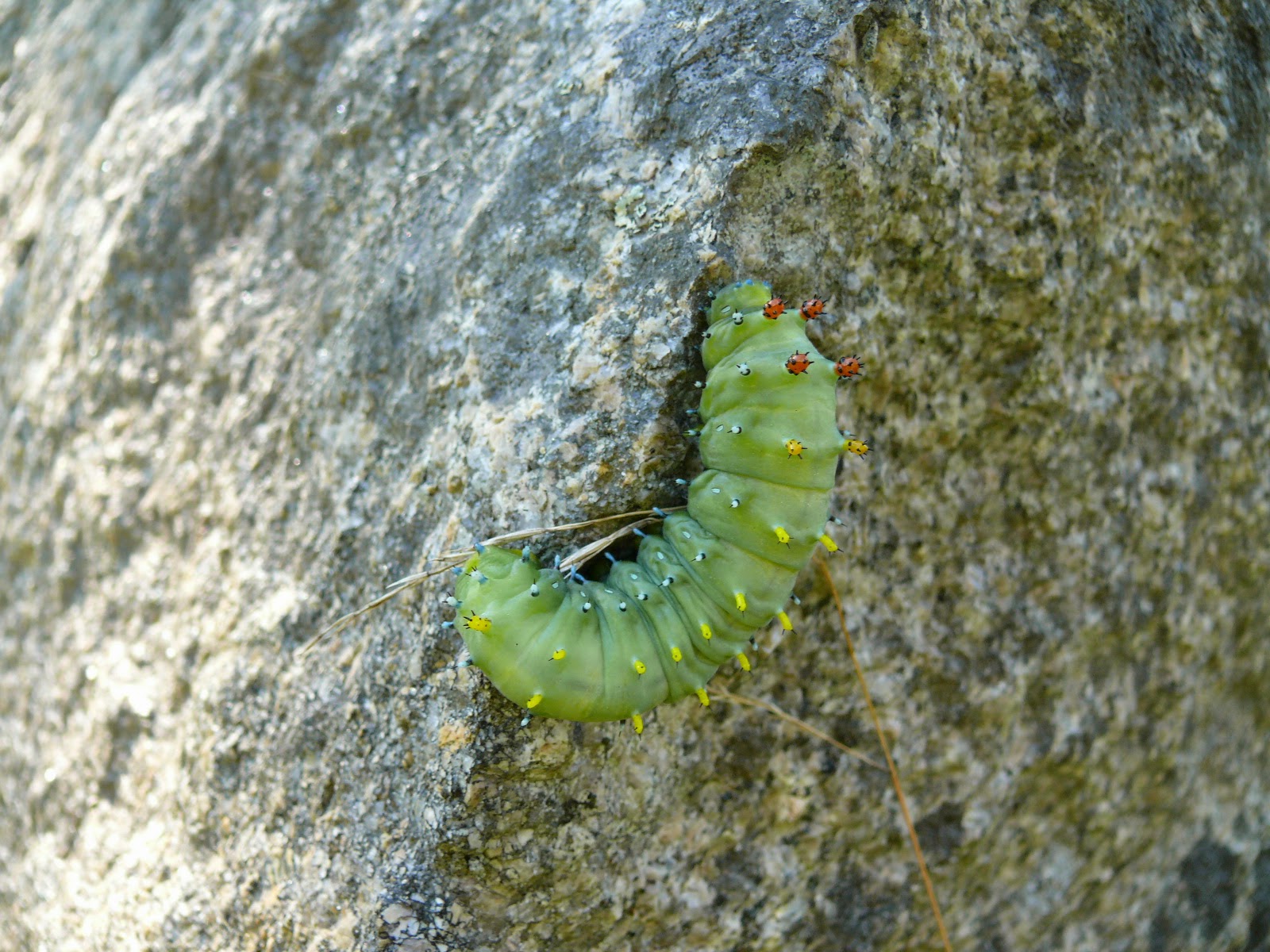Also at Old Harbor
Pond – Rick Morgan spotted an Otter (lucky stiff!) (9/20) swimming
near the Mack’s Pond inflow (outflow?). Good Spot! Rick also reports a Veery from up near Tip-toe Mtn. Cool
bird.
 |
| Blackpoll Warbler - photo by John Drury |
John Drury has
sent in some songbird photos from Greens.
Recent highlights he passes along are Yellow-billed
Cuckoo, Philadelphia Vireo and lots of warblers no doubt and owls to boot! Thanks John!
 |
Great Horned
photo by John Drury |
 |
parula showin' olive back
photo by John Drury |
 |
ruby-throated hummingbird
photo by John Drury |
 |
our favorite view of a Black-and-white Warbler
photo by John Drury |
 |
blue-headed Vireo with a mouth full
photo by John Drury |
 |
Philadelphia Vireo
photo by John Drury |
Lists
– (9/21) – (State Beach) Solitary
Sandpiper, 2 Lesser and 6 Greater Yellowlegs,
Semi-palmated Plover, 4 Red-necked Grebe, 4 Loons, Great Blue Heron,
Song Sparrow, lots of Black Guillemots…(Lane’s) – Great Blue Heron (GBH),
Belted Kingfisher, Song Sparrow, Parula, Yellowthroat, Yellow-rumped Warbler
 |
red-eyed vireo
photo by John Drury |
 |
| poison pax look so innocent when they are little |
North Haven trip –
(9/22) – Common Loon, Black Guillemot, Turkey Vulture (seen flying across the
thorofare), Kestrel, Belted Kingfisher, Great Blue Heron, Swainson’s Thrush,
Golden-crowned Kinglet, Black-capped Chickadee, Red-breasted Nuthatch, Blue
Jay, Flickers, Spotted Sandpiper…Destroying Angel, Poison Pax, Citron Amanita,
Orange Jelly…Raccoon, Otter, Mink, and Deer sign.
 |
| poison pax underside |
2 Carrion Beetle species day on North Haven, including this Tomentose Burying Beetle (Nicrophorus
tomententosus) with a bunch of mites hitchin’ a ride. It felt like they
were agitating the beetles, with all its rubbin’ and wing opening and stuff.
But that’s hard to say that the agitation was going on for sure.
 |
| jack-in-the-pulpit berries are non-tormentose |
Quick note on the word “tormentose”. Maybe it’s thrown
around your house often, but I had to look this up and here’s what we found….
On wiki (“that’s good enough me”).
”Tomentose are plant hairs that are
flattened and matted.[1] The
Latin word meaning 'cushion stuffing,' tomentum,
is used to describe a woolly coating formed by the 'tomentose' hairs.[1]
Just check out that velvety thorax covering on that Carrion
Beetle (family Silphidae). “Resembles bumblebee”. The other carrion beetle was
the classic American Carrion Beetle
(Necrophila americana) which is a yearly sight. Good eating fellas!
 |
the brown area is where the
otters roll |
(9/24) paddle to Leadbetter
– 13 Common Loon, lots of Guillemots, Great Blue Heron, Spotted Sandpiper,
Golden-crowned Kinglet, Black-capped Chickadee, Ovenbird, Blackpoll, Black and
white, Black-throated Green, Yellow-rumped (tons!) Warblers, Redstart, Brown
Creeper, Juncos, Phoebe, Blue-headed Vireo. Great Horned Owl Pellet, green
snake pooppin’. Hefty amounts of Otter
spraint and sign, Citron Amanita, Yellow patches, “shriveled” Pholiota sp.,
Gem-studded Puffball, Common Laccaria, Emetic and Fragile Russula, Poison Pax.
 |
this otter spraint spelled "C 9".
someday I will find out why this is important |
 |
| this green snake was cute at first... |
 |
...and then it pooped on me - musked too.
and it stunk! not sure I want to know what
that white stuff was. |
 |
| sometimes wolk's milk slime is pink |
(9/25) Armbrust Hill
– 6 Greater Yellowlegs, 2 Black-bellied Plover, Catbird, Flicker, Blue Jay.
Lane’s Island –
Black-capped Chickadee, Blackpoll (several), Parula, “like a gagillion”
Yellow-rumped Warblers, Philadelphia Vireo.
 |
| wolf's milk is sometimes orangish |
 |
| many headed slime - needed little moisture to get going |
Huber – Black and
white warbler, Black-capped chickadee, Golden-crowned Kinglet, 10 Surf Scoter,
15 Red-breasted Merganser, Red-breasted Nuthatch. Destroying Angel, Brick Tops,
Slimes- Wolf’s milk, Tapioca, and many headed.
 |
| Brick tops at huber |
 |
| cramp or carbon balls are fun to say |
 |
fresh birch polypore
an old friend |
 |
| damn planes |
(9/26) Calderwood
paddle and Burn. 2 Peregrine Falcons were seen flying along the smoke – wonder
if chaos helps the peregrine hunt?
 |
| Aliesha Black - ranger in charge - happily getting things going |
 |
| line of fire |
 |
| spruce also burn |
 |
| awesome day |
 |
portrait of a bald man watching a fire
photo by a guy named Tom |
(9/27) Lane’s –
Blackpoll, Black and white, Yellow rumped (like a gagillion) warblers, Red
Start, Cedar Waxwing, Phoebe, Song Sparrow, Goldfinch, Black-capped chickadee, Golden-crowned
Kinglet, Great Blue heron,
 |
| gonna get you sapsuckah! |
Armbrust Hill – loads
of Yellow-rumpeds, many Red-eyed Vireo, Palm Warbler, Cedar Waxwing, Greater
Yellowlegs, Black-bellied Plover, Belted Kingfisher, Great Blue Heron,
Swainson’s Thrush, White-throated Sparrow, American Robins – three woodpecker
trip to Armbrust – Sapsucker, Hairy and Flicker
(9/28) Armbrust hill – flicker, Robins,
Blackpoll and Golden-crowned Kinglets
Lane’s -
Yellow-rumpeds galore! Peregrine. (It was too hot that day)
 |
| the male one has the big tympanum/eardrum thing |
Good Times froggin’
– Leif and I took advantage of the
warm weekend and caught a few “keepers” at the pond by the Fox Rocks parking
area. (9/28). I caught the female green frog and Leif caught the male. His
first net to the bucket catch!
 |
| the male has the yellow throat |
 |
| the happy boy has the smile |
“Males generally have eardrums larger than their eyes, and
yellow throats…female green frogs usually have white throats and eardrums the
same size or smaller than their eyes” – lil’ Tommy Tyning – “Stokes guide to
Amphibians and Reptiles”.
 |
baiting chickadees =
problem chickadees |
good times - we'll see you out there!













































